Not following recommended follow-ups could put you at risk
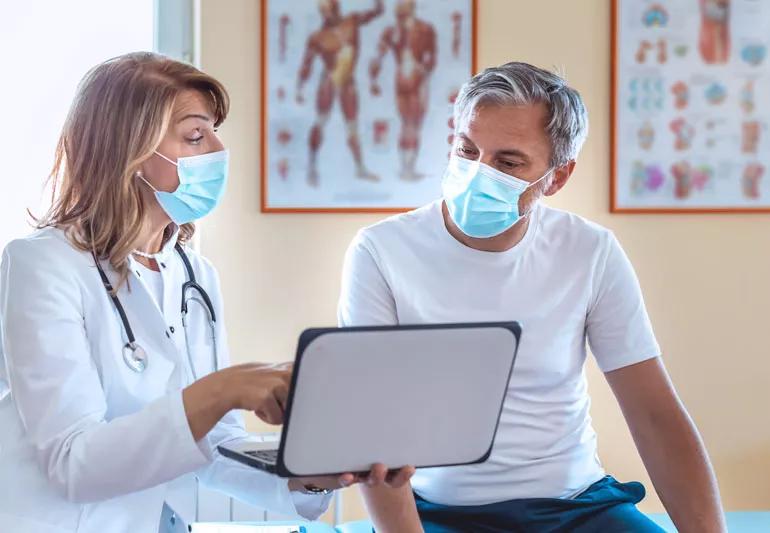
More and more, active surveillance is being recommended as an option for men diagnosed with low-risk prostate cancer and some with intermediate-risk disease.
Advertisement
Cleveland Clinic is a non-profit academic medical center. Advertising on our site helps support our mission. We do not endorse non-Cleveland Clinic products or services. Policy
With active surveillance, you undergo periodic testing to monitor your cancer, but you’re not treated for cancer, so you can avoid urinary, sexual and rectal side effects that come with curative cancer treatments like surgery and radiation.
Then, if your test results suggest your cancer is progressing, you can still be treated and cured.
Although research suggests this strategy is safe and effective for properly selected patients, some recent studies indicate that a significant number of men on active surveillance aren’t following guideline-recommended follow-up plans, potentially placing themselves at risk.
“It is a concern,” says urologist and surgeon Samuel Haywood, MD. “To do surveillance safely, patients need to be monitored for progression.”
Although health organizations have issued guidelines for how men on active surveillance should be followed, there’s no consensus on the ideal active surveillance management strategy.
In general, active surveillance includes:
Many experts, including Dr. Haywood, also incorporate advanced genomic testing and magnetic resonance imaging (MRI) with targeted biopsy (tissue sample) into their active surveillance programs.
Advertisement
Until recently, we haven’t really had the tools to assess an individual’s change in biology in real time. Now, MRI and targeted biopsy and genomic testing should allow us to do that.
The types and times between when these tests should be done vary, depending on the volume and aggressiveness of your cancer, your age and other individual characteristics. Whatever strategy your physician uses, it’s vital to return for follow-up testing.
But in one study, researchers reviewing registry data on more than 2,200 patients reported that within two years of being on active surveillance, about 1 in 10 of the men stopped following up. (That was defined as any 18-month period in which no pertinent surveillance testing was entered into the registry.)
Additionally, in a study presented at the American Society of Clinical Oncology (ASCO) annual meeting in June 2019, researchers noted that among 346 men on active surveillance, only about one-third followed guideline-recommended monitoring (like PSA testing every three to six months and a prostate biopsy within 18 months of initial diagnosis.)
“We have a pretty good idea of who are the best candidates for active surveillance,” Dr. Haywood says. “But really, we don’t have evidence that says that patients with these initial characteristics should have PSAs at this interval, MRIs at this interval and biopsies at this interval. It’s my gut sense that it’s different for different people.”
In deciding if you’re eligible for active surveillance, your physician will consider your:
“To be eligible for surveillance, you have to meet two criteria: One is the biological criteria, meaning you have to have the right tumor,” Dr. Haywood explains. “The second is you have to have the right psyche. Active surveillance is not for everyone.”
In making your decision about active surveillance, ask yourself: Can you commit to repeated testing (including prostate biopsies), which can cause some pain and carry a risk (albeit low) of infection?
And carefully assess whether you can live with the idea of having untreated cancer. In the study presented at the 2019 ASCO meeting, few men expressed regret about choosing active surveillance, but 16% of them converted to curative treatment within the first two years. The reason? The study says it was likely driven by patient anxiety, not disease-related factors.
Still, active surveillance remains a good option for the right men. Just be sure to ask your doctor what to expect.
Advertisement
“When someone is newly diagnosed with prostate cancer, the first question they should ask ought to be not what’s the best treatment, but does the cancer need treatment?” Dr. Haywood advises. “That’s what I would encourage any patient to ask.”
— This article was adapted from Cleveland Clinic Men’s Health Advisor.
Advertisement
Learn more about our editorial process.
Advertisement
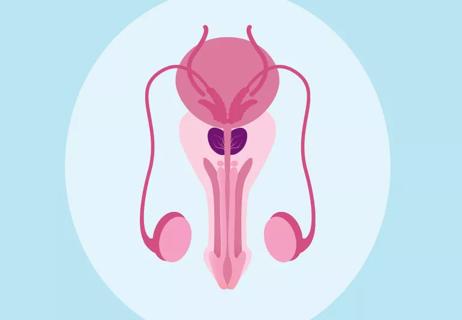
Possible signs include slow urine flow and loss of bladder control — but if this common cancer is caught before it spreads, the prognosis is good
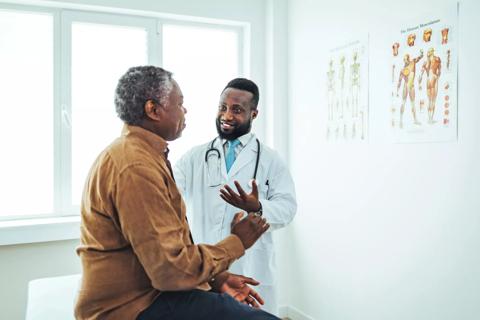
You don’t have to cope in silence with issues like urinary incontinence and sexual dysfunction

Family history and genetics may heighten your risk for prostate cancer
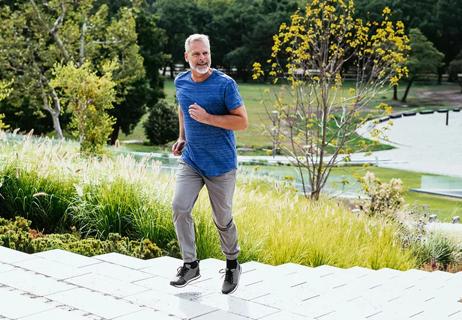
Check-in with your care team, and focus on low-impact exercises and walking for good gains

Sex may be different after prostate cancer treatment, but it can still be enjoyable

Yep! Research shows a possible connection

High-intensity focused ultrasound (HIFU) provides new treatment options
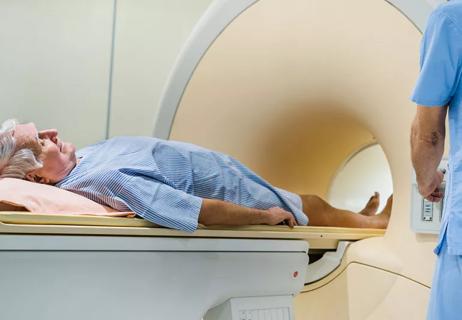
MRI improves detection, but it's not yet a substitute for standard biopsy

Babies can get congested easily, but you can calm their cough by keeping them hydrated, using nasal drops and running a humidifier

Weight loss may cause loose, sagging skin and muscle loss to your rear

Several conditions, like vitiligo and fungal infection, can cause a loss of pigmentation, leading to white spots or patches on your skin